Ohio River Canalization Stamp
On October 19, 1929, the US Post Office issued a 2¢ commemorative honoring the canalization of the Ohio River. It came as the culmination of over 50 years of work on the project, which was a major engineering feat.
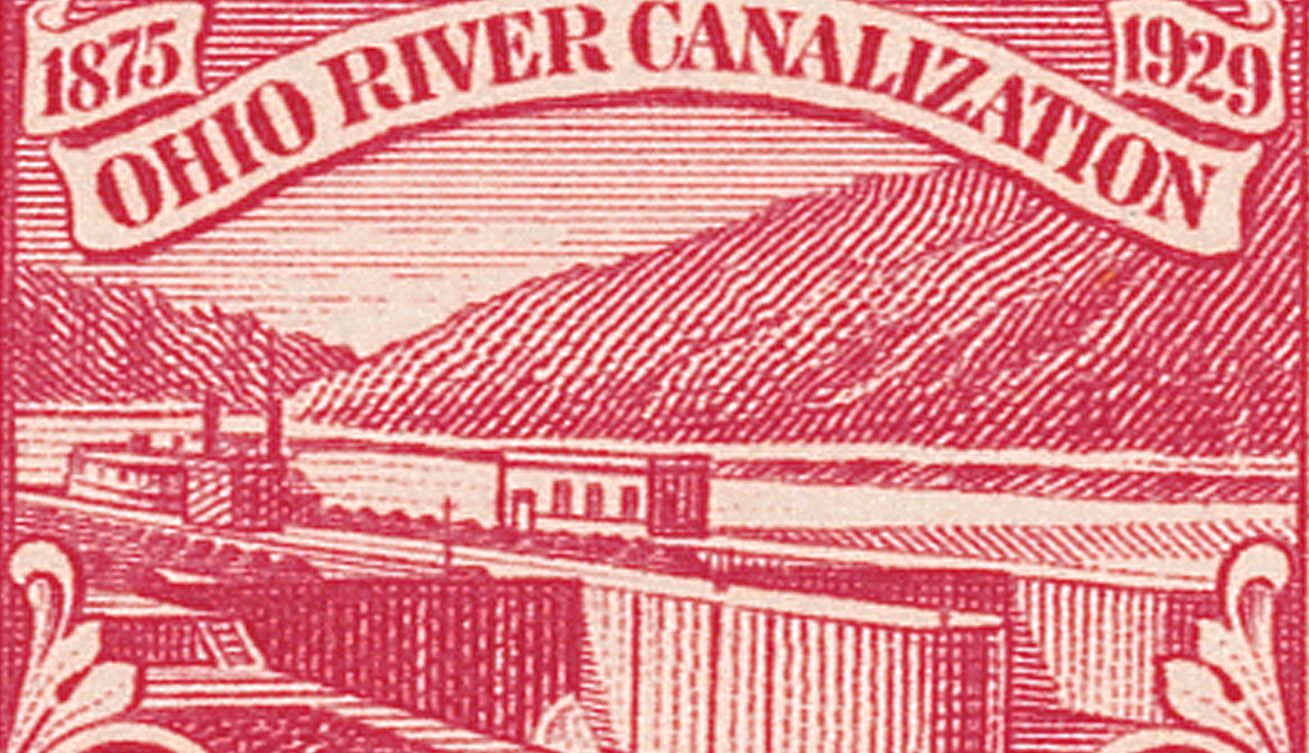
On October 19, 1929, the US Post Office issued a 2¢ commemorative honoring the canalization of the Ohio River. It came as the culmination of over 50 years of work on the project, which was a major engineering feat.
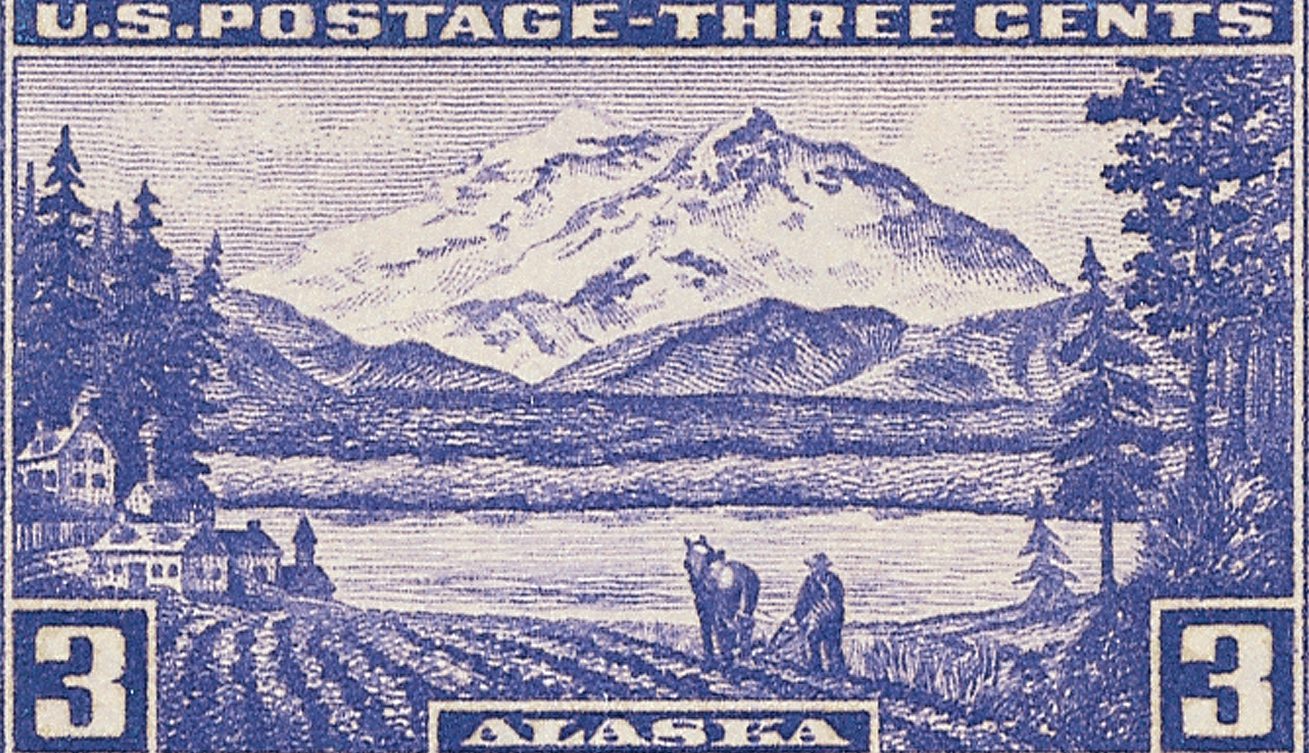
On October 18, 1937, the US Post Office issued the first stamp in a new series honoring the overseas territories of the United States. These stamps chronicled decades of US territorial expansion.

On October 13, 1953, the US Post Office issued a 3¢ stamp honoring the 25th anniversary of the Future Farmers of America. It was issued at the place the organization was founded – Kansas City, Missouri.
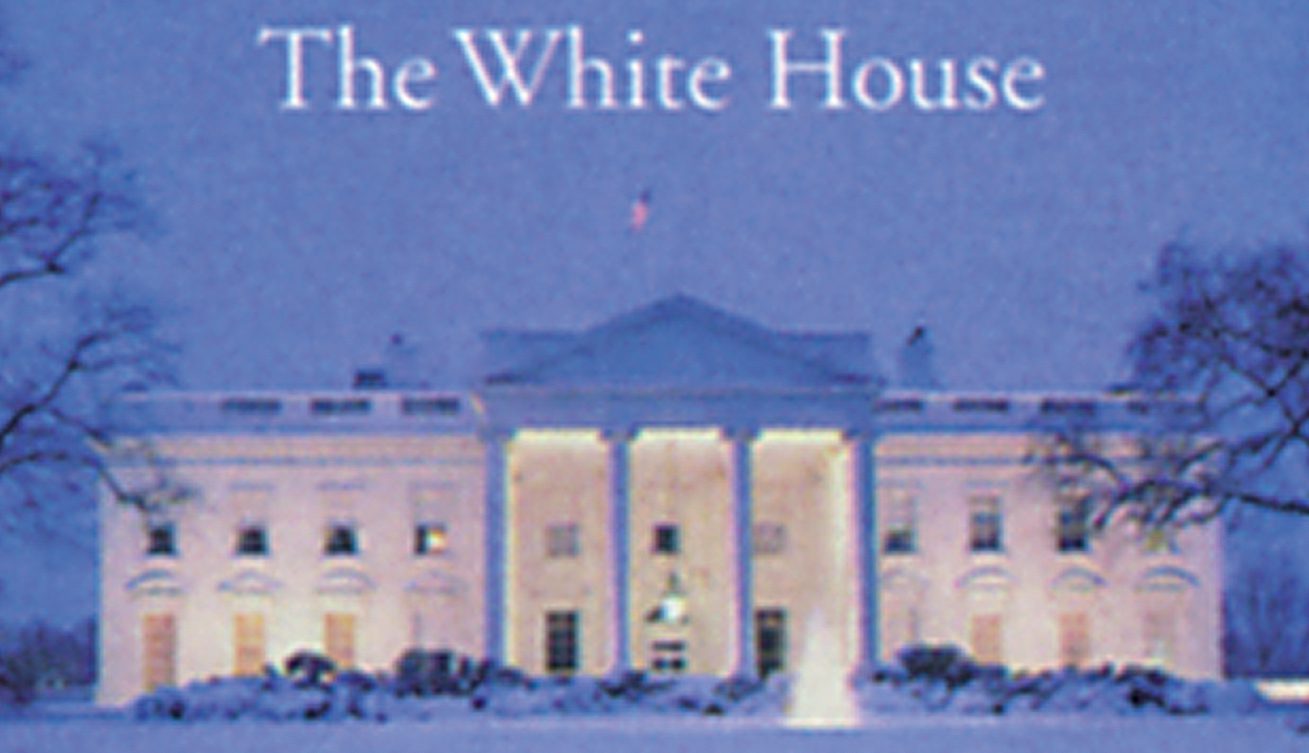
On October 12, 1901, the Executive Mansion, the president’s official residence and workplace, was renamed the White House.
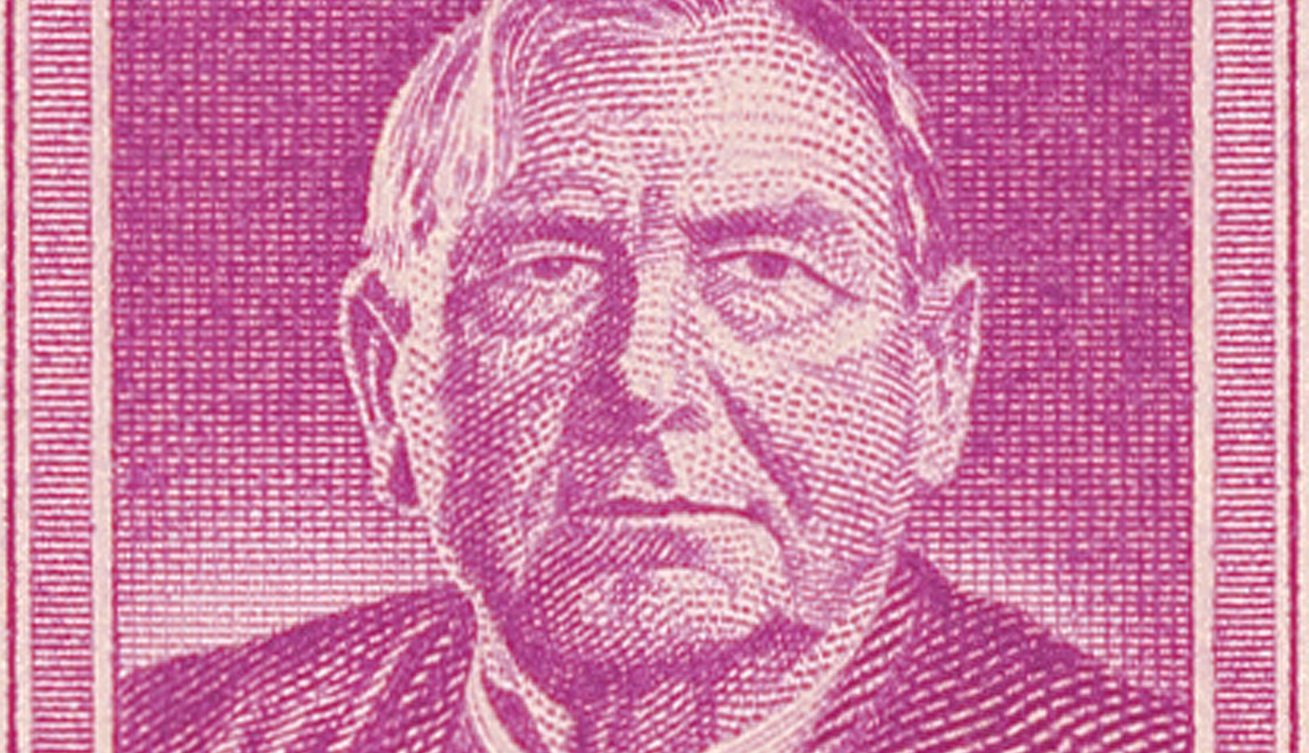
Supreme Court Justice Harlan Fiske Stone was born on October 11, 1872, in Chesterfield, New Hampshire. He served on the court for over 20 years, including over four years as chief justice.

Stage and screen actress Helen Hayes was born on October 10, 1900, in Washington, DC. Dubbed “The First Lady of the American Theater,” she’s one of just 16 people to win Emmy, Grammy, Oscar, and Tony awards (often referred to as EGOTs).
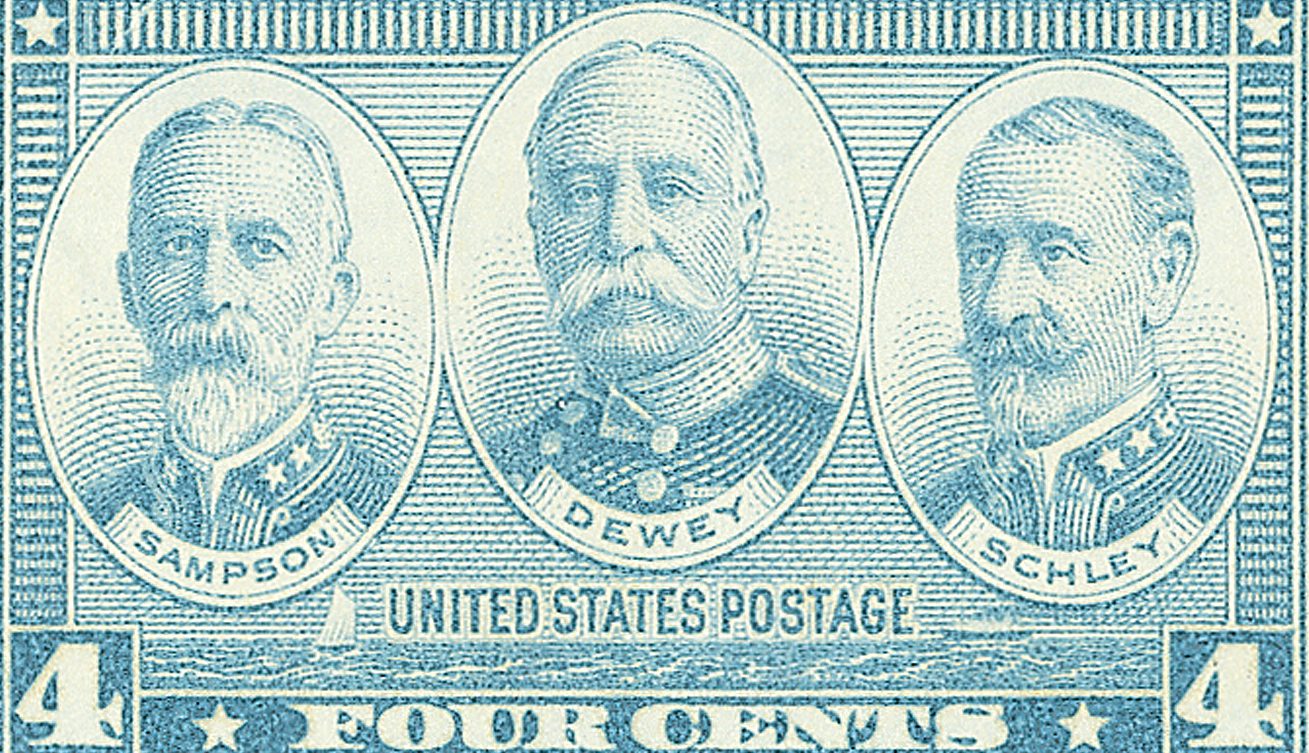
Winfield Scott Schley was born on October 9, 1839, near Frederick, Maryland. He served with distinction in the Civil War and Spanish-American War, most notably claiming victory at the Battle of Santiago.
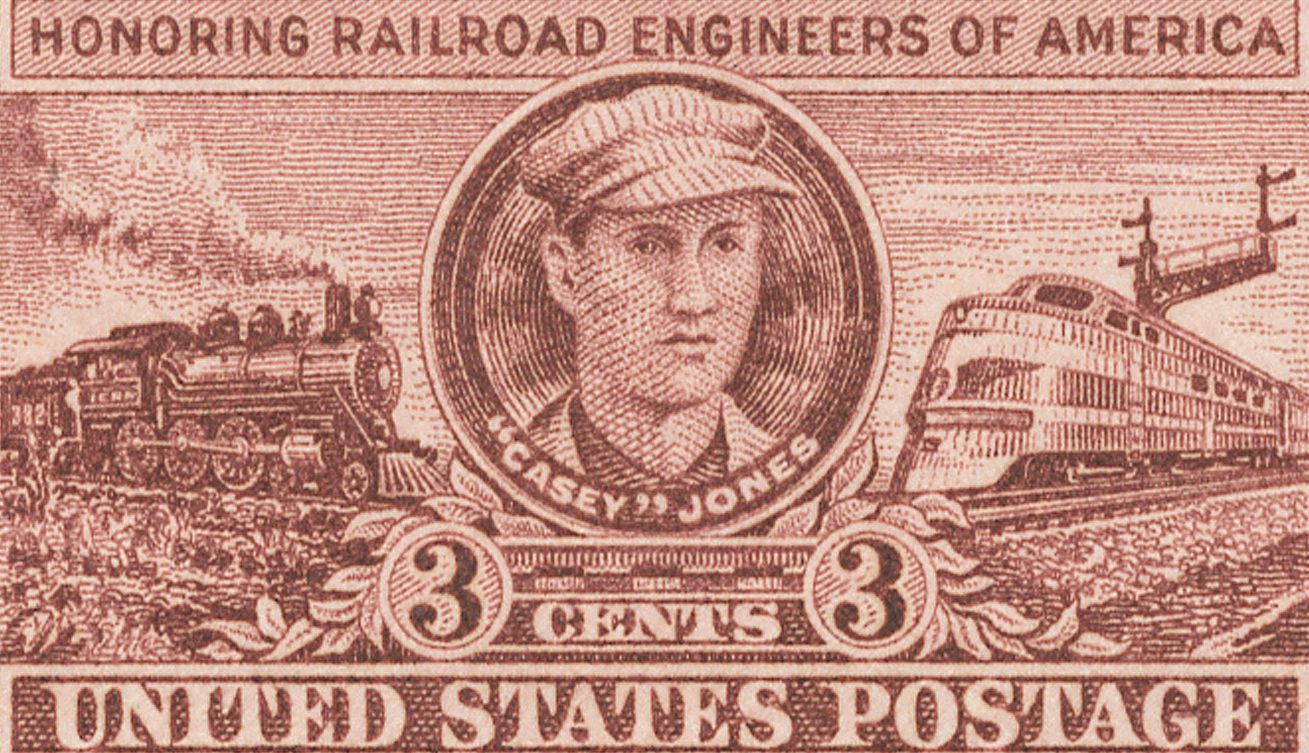
On October 7, 1826, the Granite Railway opened in Massachusetts. Built to carry granite for the Bunker Hill Monument, it’s been called the first chartered and commercial railroad in the United States.

On October 6, 1683, thirty-three Germans arrived in Pennsylvania to establish the first major German settlement in America. The settlement would go on to become the birthplace of the anti-slavery movement, first bank of the United States, and more.